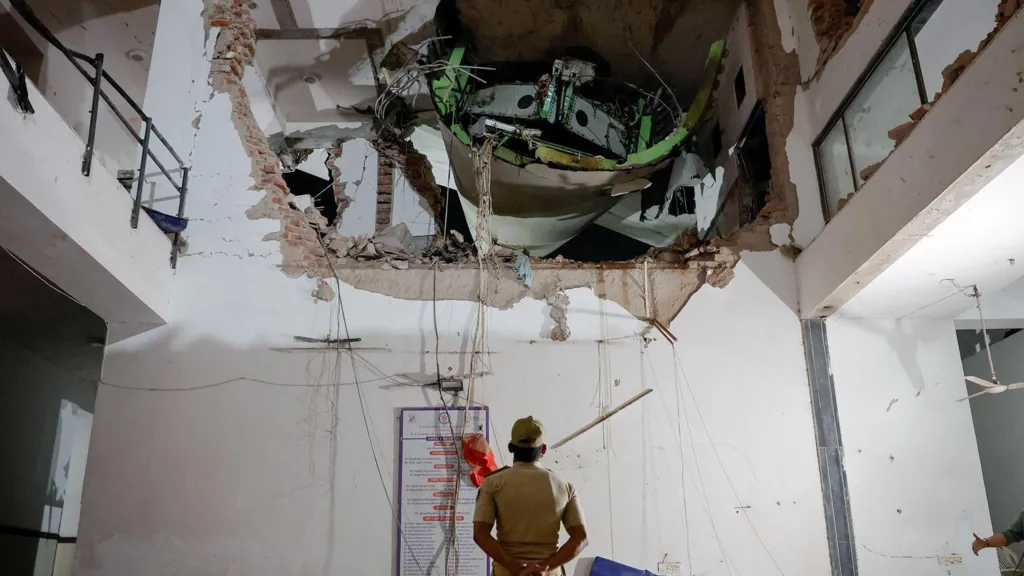July 12, 2025 — The Air India crash report has found that just seconds after take-off, the fuel cut-off switch was the main cause of the flight 171 crash.Highlighting major concerns over aircraft safety systems and maintenance practices.
Aviation expert John Cox told Reuters the fuel cut-off switch prevents accidental use and instantly shuts down engines, meant only for emergencies or gate use.
The crash resulted in the deaths of 242 people on board and 19 individuals on the ground, leaving just one survivor from the aircraft. Flight 171 lost thrust and began descending abruptly after someone activated the fuel cut-off switch.
Cockpit voice recordings reveal one pilot questioning the other about cutting the fuel supply, to which the second pilot denied doing so.
The report does not specify which pilot made these remarks or who issued the “Mayday, Mayday, Mayday” distress call before the crash.
What has a preliminary report said about the crash?
The preliminary findings of the Air India crash report doesn’t explain who flipped the fuel cut-off switch, adding to uncertainty over Flight 171’s cause.
Aviation expert John Cox told Reuters the fuel cut-off switch prevents accidental use and instantly shuts down engines, meant only for emergencies or gate use. However, the report identifies no emergency that justified shutting down the engine, deepening the mystery of the Flight 171 crash.

India’s Aircraft Accident Investigation BureauIndia’s AAIB said investigators have not yet issued any recommendations for Boeing 787-8 or GE GEnx-1B engine operators or manufacturers.
Earlier this week, The Air Current reported that the Flight 171 investigation is now focused on the engine fuel switches, though a full analysis may take months or longer. The report also mentioned that “the focus of the investigators could change during that period.”
The Indian investigation agency’s report highlighted that the US Federal Aviation Administration (FAA) had issued an information bulletin in 2018 regarding the “potential disengagement of the fuel control switch locking feature.”
Although this concern was not classified as an “unsafe condition” requiring a more serious directive, Air India informed investigators that it did not carry out the recommended inspections since they were “advisory and not mandatory.”
The Air India crash report confirmed that the airline complied with all airworthiness directives and alert service bulletins related to the aircraft.
Although the investigation has not blamed the aircraft manufacturer Boeing, investigators continue to request additional evidence and information from various stakeholders.
Boeing has yet to respond to requests for comments. The company has faced scrutiny in the past regarding overproduction and safety issues, particularly concerning its 737 MAX program following fatal crashes.
The Aircraft Accident Investigation Bureau (AAIB),is leading the investigation into what has become the deadliest aviation accident worldwide in the last decade.








